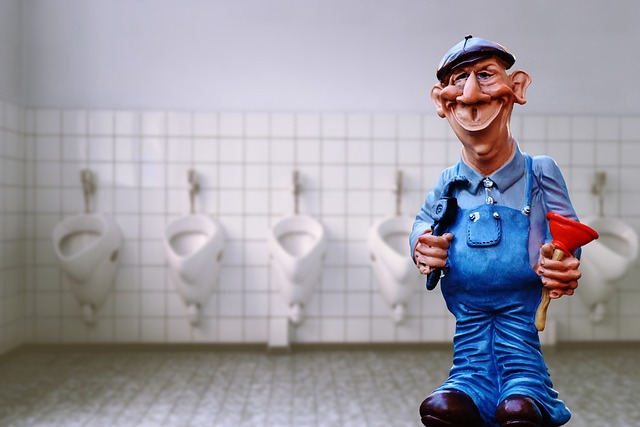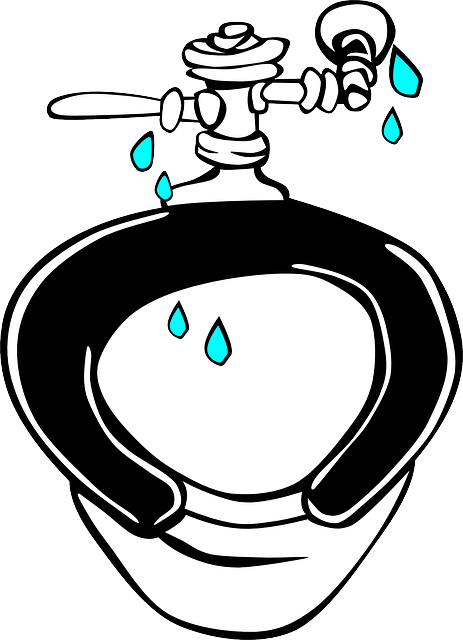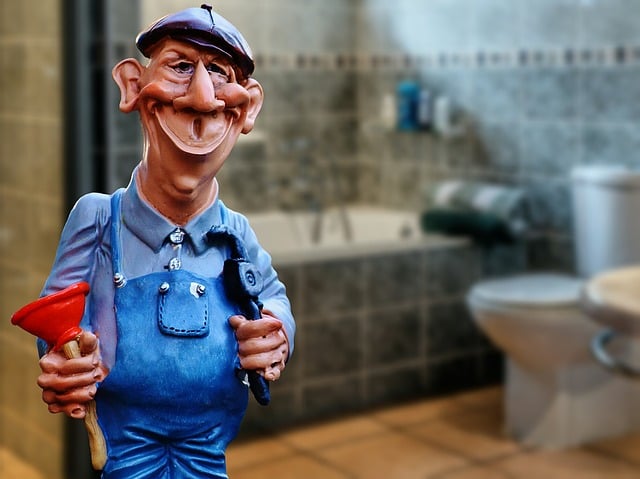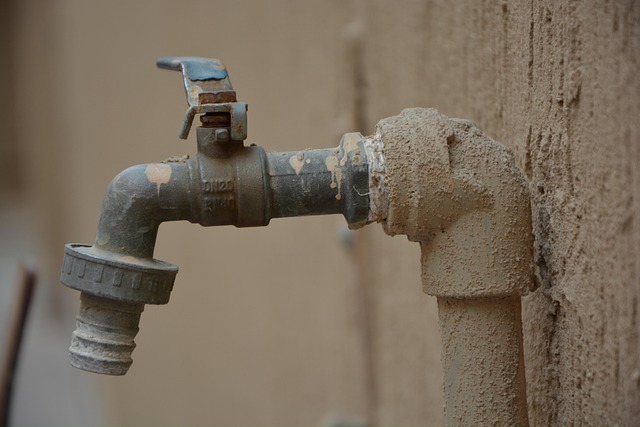Identifying and addressing leaks early is key in managing common plumbing issues. Minor leaks can be easily fixed with simple solutions, while significant ones may require replacement and professional consultation. Homeowners should consider costs, potential future problems, and long-term savings when deciding between repair and replacement to extend their plumbing system's lifespan and prevent water damage.
Plumbing issues are a common household dilemma, often leaving homeowners questioning whether to repair or replace. This guide navigates through three prevalent problems: leaks, clogged drains, and outdated systems. We demystify the decision-making process by analyzing cost-effective repairs versus full replacements. From identifying leak sources and their causes to understanding when drain unclogging turns into a call for professional help, this article equips you with knowledge to tackle common plumbing issues efficiently.
Assessing Leaks: Repair vs Replace

When dealing with leaks, the first step is to identify their source and severity. Minor leaks often stem from worn-out fixtures or pipes and can typically be repaired relatively easily and affordably. Repairing these issues may extend the life of your plumbing system and save you money in the short term. Common plumbing issues like these usually involve simple fixes like replacing O-rings, gaskets, or sealing tape.
However, if the leak is significant, persistent, or located within complex sections of your plumbing, replacement might be the more practical solution. Major leaks can lead to substantial water damage and waste, making immediate action necessary. In such cases, it’s best to consult a professional plumber who can assess the extent of the problem and recommend either a repair or a complete replacement of the affected components.
– Recognizing the types of leaks and their causes

Leaks are among the most common plumbing issues, and understanding their types and causes is crucial for homeowners. These can range from minor dripping to gushing torrents, each with distinct origins. For example, a slow drip often indicates a faulty washer or O-ring in a faucet or showerhead, whereas a sudden, powerful leak may be caused by a broken pipe, corroded joints, or a damaged water heater. Identifying the source is essential before deciding whether to repair or replace.
Homeowners should also consider factors like the age of the plumbing, cost of parts and labor for repairs, and potential future issues. Regular maintenance can prevent many leaks, making it beneficial to stay vigilant about common plumbing problems. By promptly addressing leaks, homeowners can avoid water damage, lower utility bills, and prolong the lifespan of their plumbing systems.
– Cost-benefit analysis of repairing versus replacing leak sources (e.g., pipes, fixtures)

When dealing with common plumbing issues like leaks, a crucial decision homeowners often face is whether to repair or replace. Conducting a cost-benefit analysis is essential in this scenario. While repairing might seem like the more economical option, especially for smaller leaks, it’s important to consider the long-term savings of replacing faulty components. For instance, pipes that leak continuously may indicate corrosion or age-related wear, making replacement the more sustainable choice. Similarly, outdated fixtures can contribute to significant water wastage and higher utility bills; in such cases, installation of new models offers both efficiency and cost savings over time.
On the other hand, repairs can extend the lifespan of existing plumbing systems and delay the need for major replacements. However, frequent or complex leaks might indicate deeper systemic issues that could lead to more severe damage and costly repairs down the line. Therefore, a thorough assessment is key to determining whether to invest in a quick fix or opt for a permanent solution through replacement.
When faced with common plumbing issues like leaks, understanding the root cause is key. By recognizing the type and source of the leak, homeowners can make informed decisions between repairing or replacing affected pipes and fixtures. A cost-benefit analysis, considering both immediate fixes and long-term investments, ensures you choose the best solution for your budget and home’s health. Remember, timely action on leaks prevents further damage and potential, costly repairs down the line.
